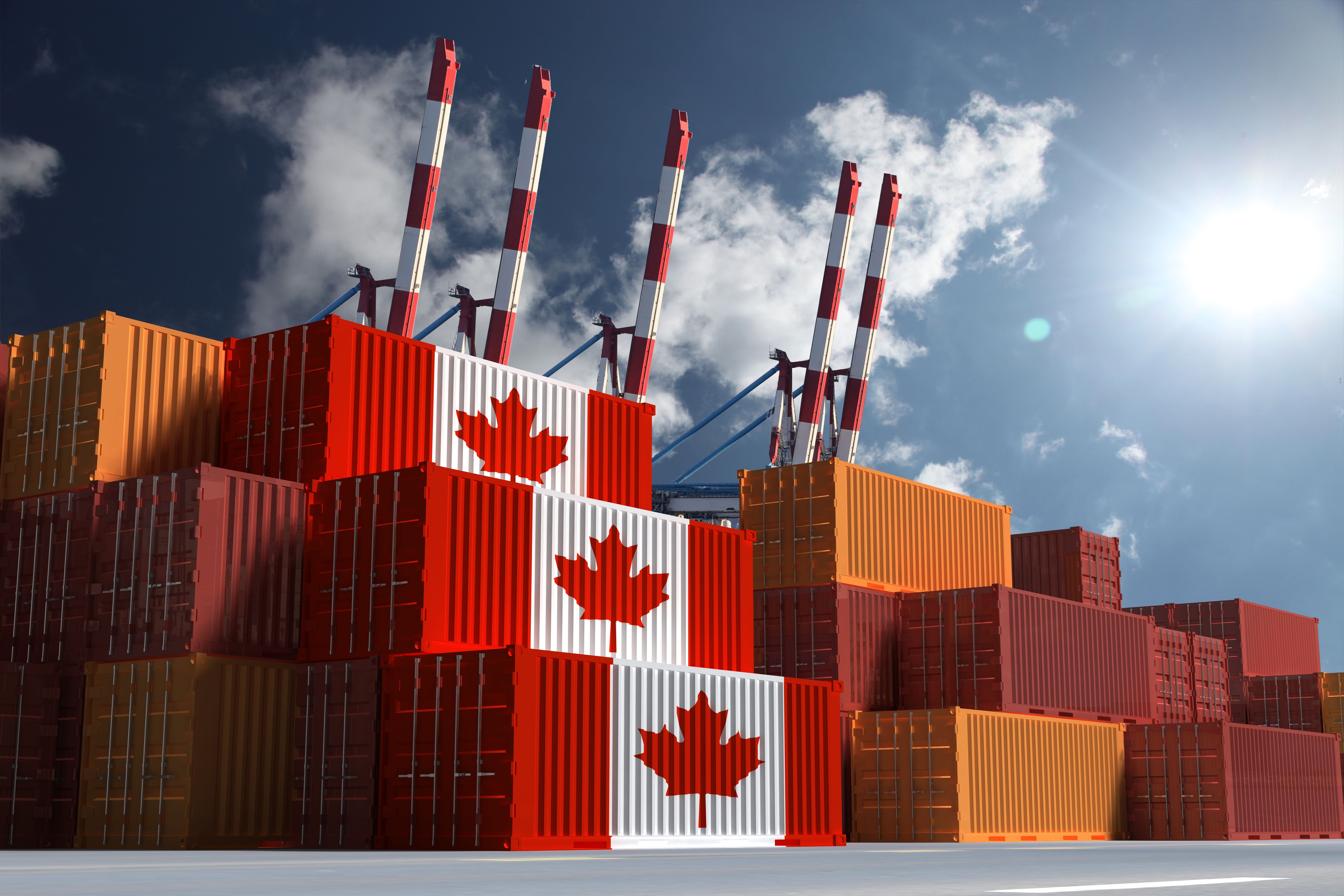Trade Agreements: Shaping the Global Food Industry
The Role of Trade Agreements in the Global Food Industry
The global food industry is a complex web of producers, distributors, and consumers spanning across continents and cultures. At the heart of this intricate system are trade agreements that facilitate the flow of food products around the world. These agreements play a crucial role in shaping the availability, quality, and cost of food in the global market.

Understanding Trade Agreements
Trade agreements are treaties between two or more nations that outline how they will work together to ensure mutual benefit in trade. They typically include provisions on tariffs, import quotas, and subsidies. By reducing barriers to trade, these agreements aim to create a more efficient and competitive market environment.
For the food industry, this means easier access to a diverse range of products from different regions, allowing consumers to enjoy a variety of foods that may not be locally available. Moreover, producers can expand their markets beyond domestic borders, leading to increased revenues and economic growth.
Impact on Food Security and Prices
One of the significant impacts of trade agreements is their influence on food security. By ensuring a stable and predictable supply of food products, these agreements help in mitigating risks associated with food shortages in different parts of the world. Additionally, they can lead to lower prices for consumers by increasing competition and efficiency in the market.

However, it is important to note that while trade agreements can lower prices, they can also create challenges for local producers who may struggle to compete with cheaper imported goods. Balancing the interests of domestic agriculture with the benefits of international trade remains a delicate task for policymakers.
Prominent Trade Agreements and Their Effects
Several key trade agreements have significantly influenced the global food industry. The North American Free Trade Agreement (NAFTA), now succeeded by the United States-Mexico-Canada Agreement (USMCA), has been instrumental in enhancing agricultural trade between these countries. Similarly, the European Union's Common Agricultural Policy (CAP) has facilitated trade within Europe while protecting its farmers.
- NAFTA/USMCA: Boosted agricultural exports among member countries.
- CAP: Supported European farmers while promoting intra-EU trade.
- Mercosur: Enhanced trade among South American countries.
Challenges in Trade Negotiations
Despite their benefits, negotiating trade agreements can be challenging. Disagreements on tariffs, subsidies, and standards often stall progress. Moreover, there are concerns about how these agreements might impact public health and the environment. For instance, differing standards on pesticide use or genetically modified organisms (GMOs) can create friction between trading partners.

To address these challenges, it is crucial for countries to engage in transparent negotiations that consider not just economic factors but also social and environmental impacts. Ensuring that all stakeholders have a voice in these discussions is vital for creating equitable trade policies.
The Future of Trade Agreements in Food Industry
As the global population continues to grow, trade agreements will become increasingly important in ensuring food security and sustainability. New agreements will need to address emerging issues such as climate change and technological advancements in agriculture.
Looking ahead, it is essential for nations to collaborate on creating trade policies that are inclusive and consider the long-term impacts on both people and the planet. With thoughtful negotiation and implementation, trade agreements can continue to play a pivotal role in shaping a fairer and more sustainable global food industry.
